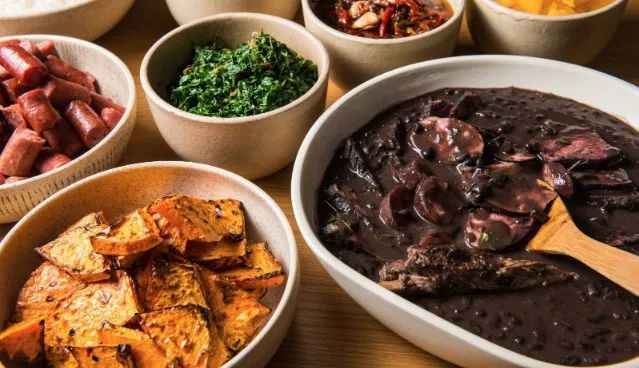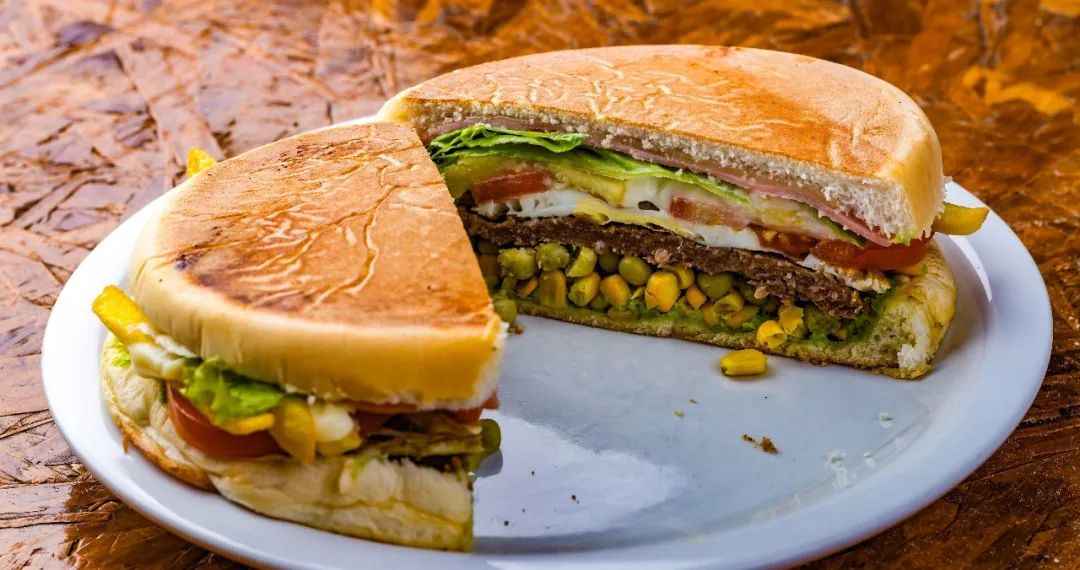Search for information
Exploring Brazil's Iconic Culinary Delights: A Journey Through Churrasco, Feijoada, and XisNo discussion of Brazilian cuisine is complete without starting with Churrasco, a culinary masterpiece that graces the country’s state banquets. Originating in the late 18th century, this tradition began when Brazilian cowboys (Gaúchos) skewered meat on longswords and roasted it over campfires. Today, it stands as a symbol of Brazil’s rich culinary heritage.
May 19, 2025, 10:23 am EDT
1. Churrasco: Brazil's National Banquet Delight

2. Feijoada: The Soulful National Stew of Brazil

3. Xis: The Flat Hamburger of Rio Grande do Sul

Brazil’s cuisine is a vibrant tapestry woven from indigenous, European, and African influences. From the bold simplicity of Churrasco to the comforting depth of Feijoada and the casual charm of Xis, each dish tells a story of tradition, creativity, and communal joy. These iconic foods not only satisfy the palate but also offer a window into Brazil’s rich cultural heritage—a celebration of flavor, history, and the art of sharing a meal.

Switzerland: Small in Size, Mighty in Nobel Achievements
Despite its relatively small population, Switzerland has firmly established itself as a global scientific powerhouse, boasting an impressive 27 Nobel laureates to date. This remarkable accomplishment underscores the nation’s extraordinary ability to nurture world - class talent and drive groundbreaking research, solidifying its reputation as a hub of innovation and academic excellence.more

In Iran, More and More Young People Choose "Contract Marriage"
In Iran, a unique form of marriage - "contract marriage" - has been gaining popularity, especially among the younger generation. This phenomenon has emerged as a response to various social and economic factors within the country.more

Greek Men and Their Braids: A Historical and Cultural Exploration
In ancient Greece, men's hairstyles were not only a matter of personal preference but also carried significant cultural and symbolic meanings. Among these styles, braids held a special place.more

Nepal's Unique Tradition: Annual Homage to Dogs
In Nepal, a country rich in culture and traditions, there exists an extraordinary annual ritual dedicated to man’s best friend—dogs. This unique practice is part of a five - day festival known as “Kukur Tihar,” which is a significant segment of the larger Tihar festival, also referred to as the Festival of Lights in Nepal.more

10 Brazilian Street Snacks You Can't Miss!
In our previous two issues, we talked about the "Top 10 Favorite Dishes of Brazilians" and the "Truly Recommended Drinks by Local Brazilians." Today, let's dive into the world of Brazilian street snacks! Brazil, a vast and diverse South American country rich in natural resources, offers a culinary experience that is worth exploring in multiple articles. This time, we've selected 10 popular Brazilian snacks beloved by locals. These snacks may not look particularly stunning, but they all exude an authentic "Brazilian flavor."more

Cricket Confirmed for 2026 Aichi - Nagoya Asian Games
Cricket has been officially included in the lineup of sports for the 2026 Aichi - Nagoya Asian Games, as decided during the third meeting between the Olympic Council of Asia (OCA) and the Aichi - Nagoya Asian Games Organising Committee (AINAGOC) on Friday. Scheduled to be held in Japan from September 19 to October 4, 2026, the Games are set to feature a diverse range of sports, with cricket now joining the prestigious roster.more

Vietnam's Netflix beauty in the fitness scene looks superb in any outfit!
Vietnam's Netflix beauty in the fitness scene looks superb in any outfit!more

In Argentina, asado is more than a meal—it’s a sacred social ritual where friends and family gather to celebrate outdoor cooking. Fueled by charcoal or wood (with wood being iconic in rural settings), this tradition revolves around grilling every part of the animal. Staples include sausages, steaks, short ribs, spare ribs, riblets, tenderloin, rump, and belly.more

